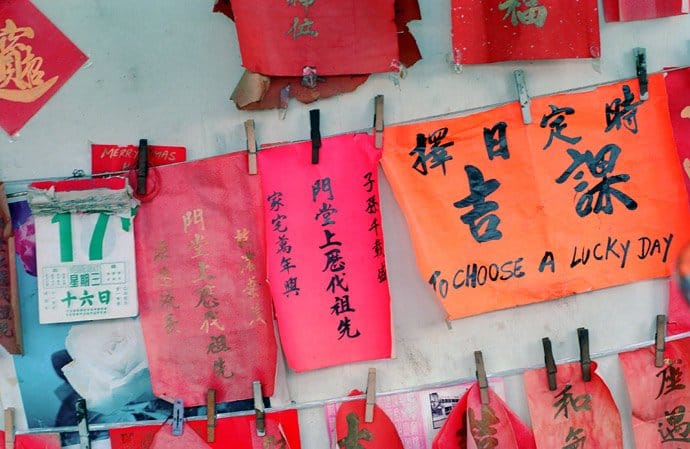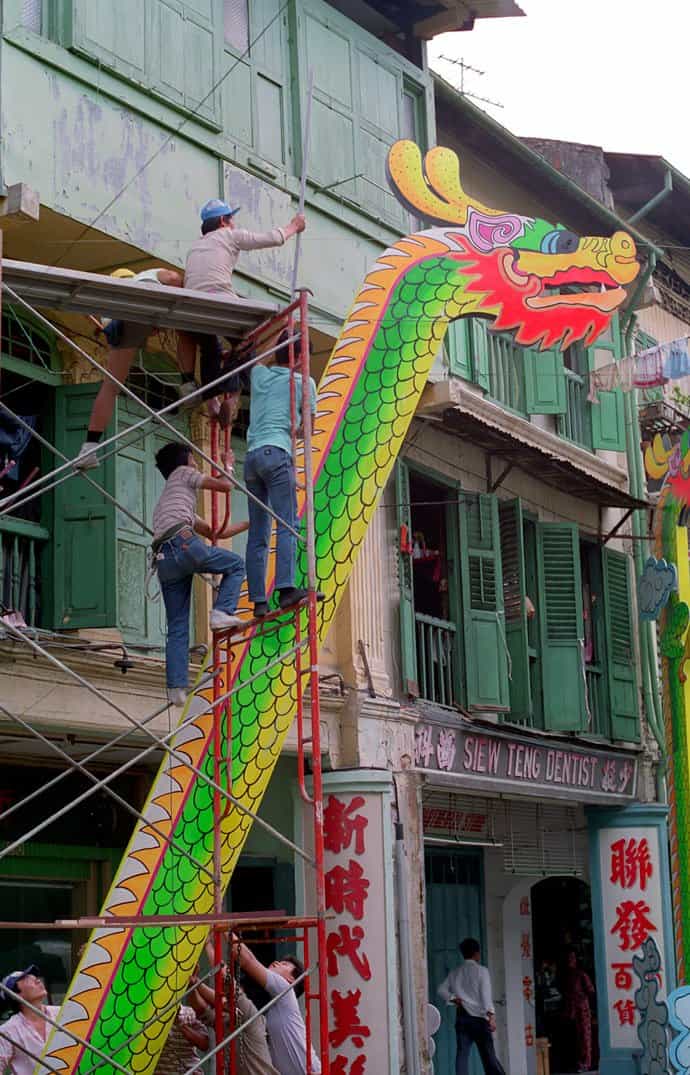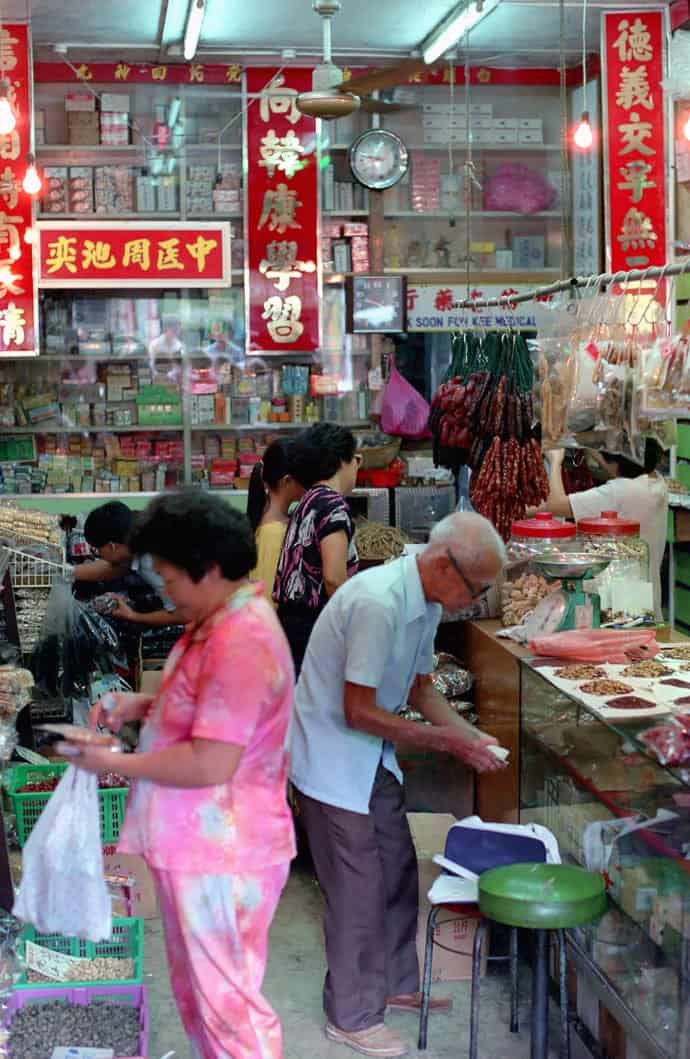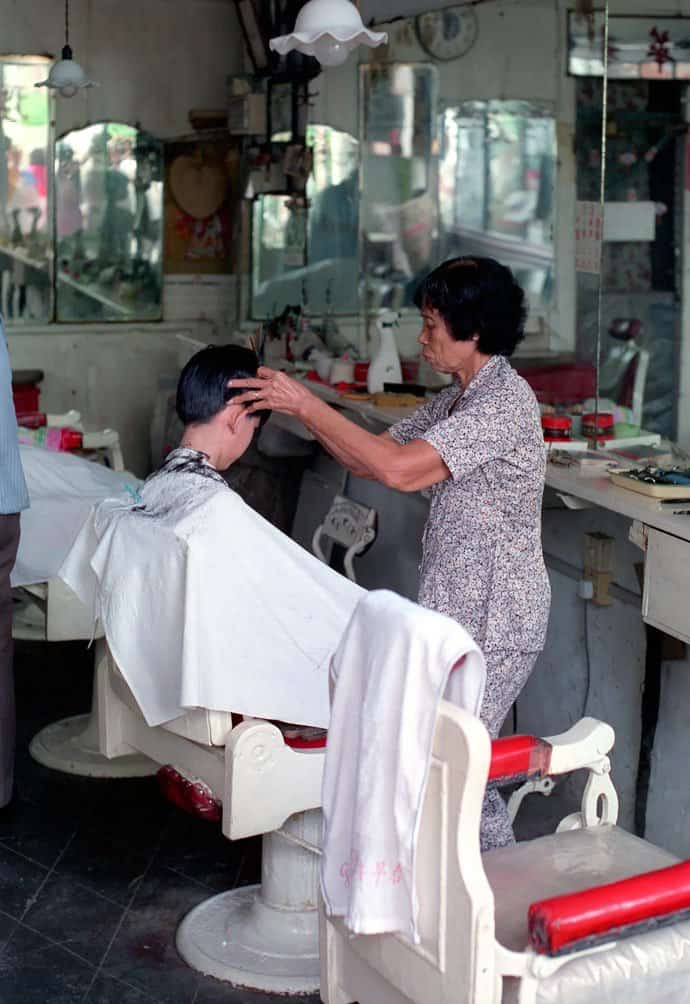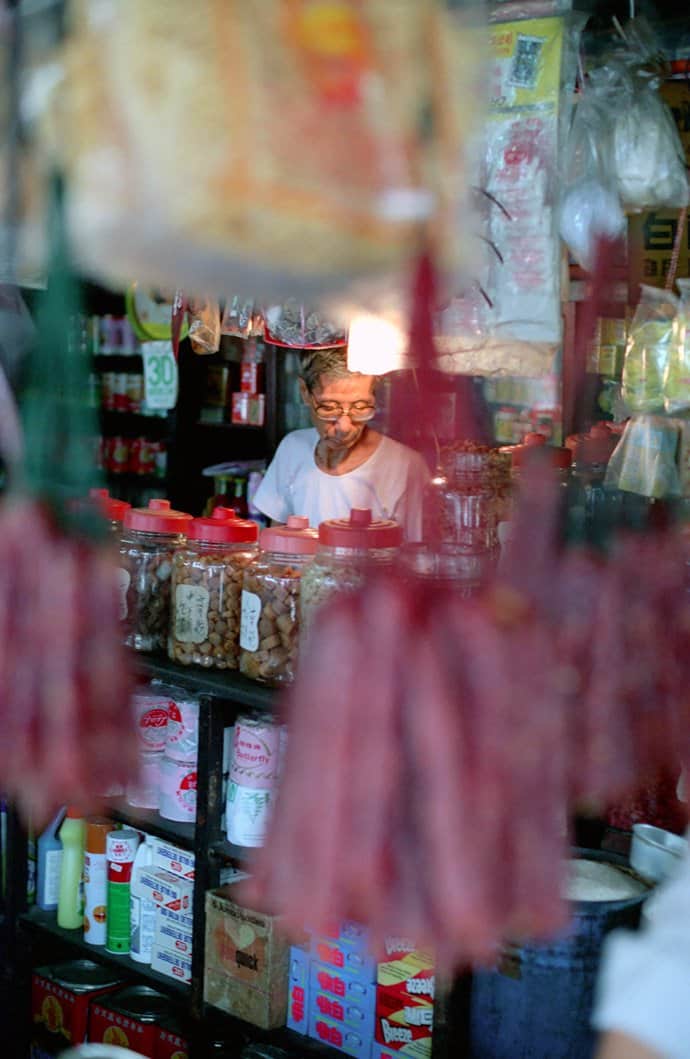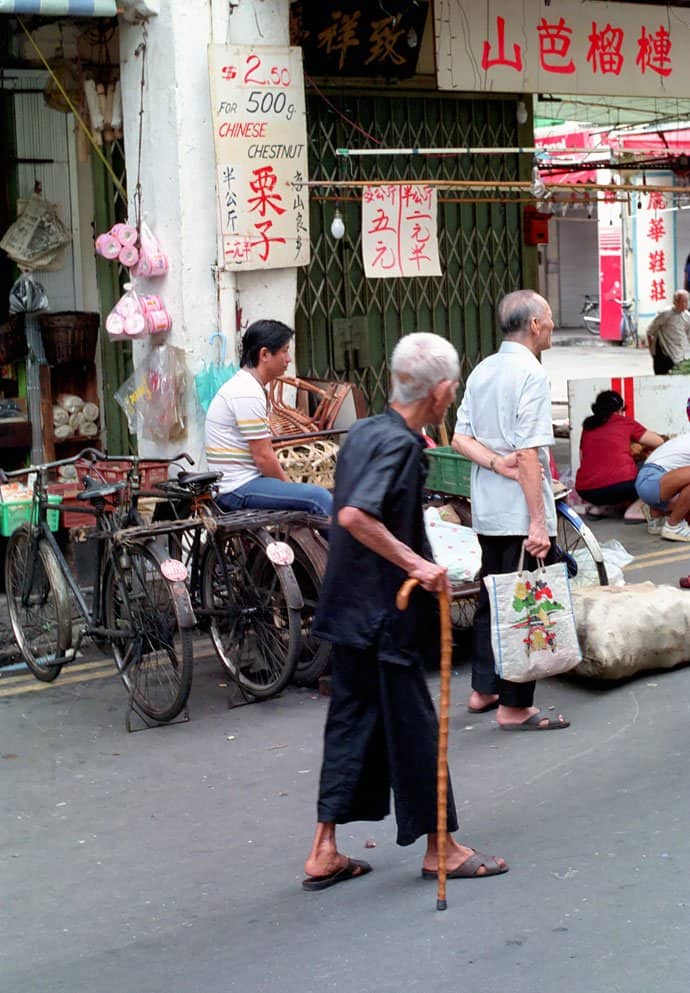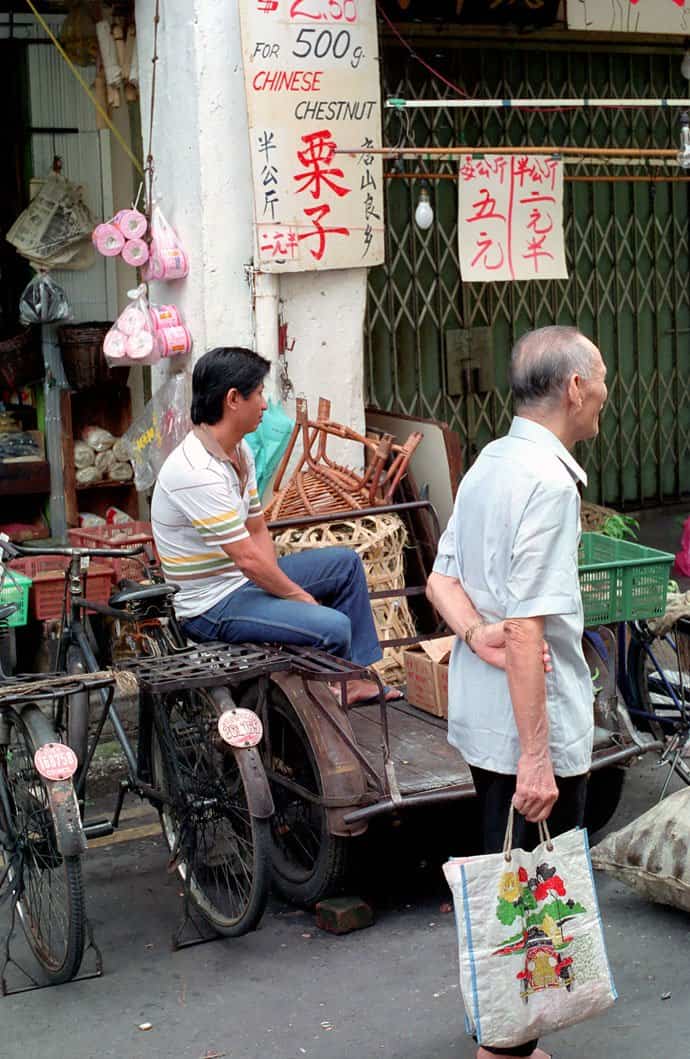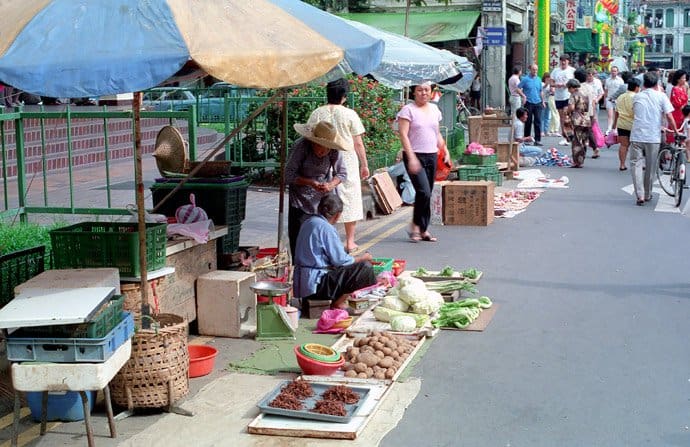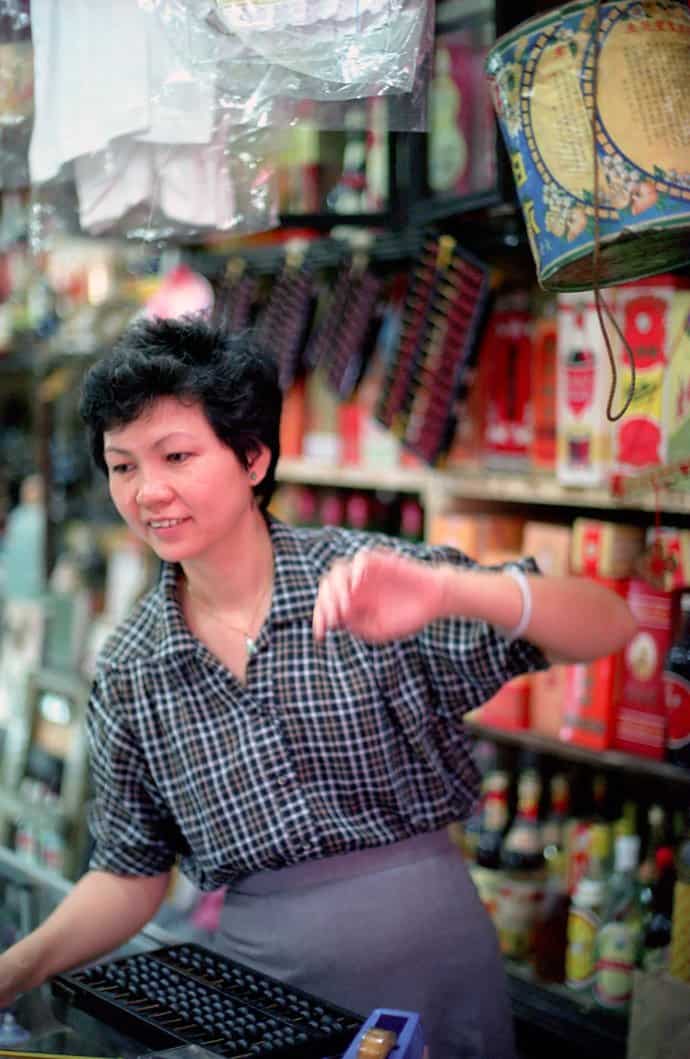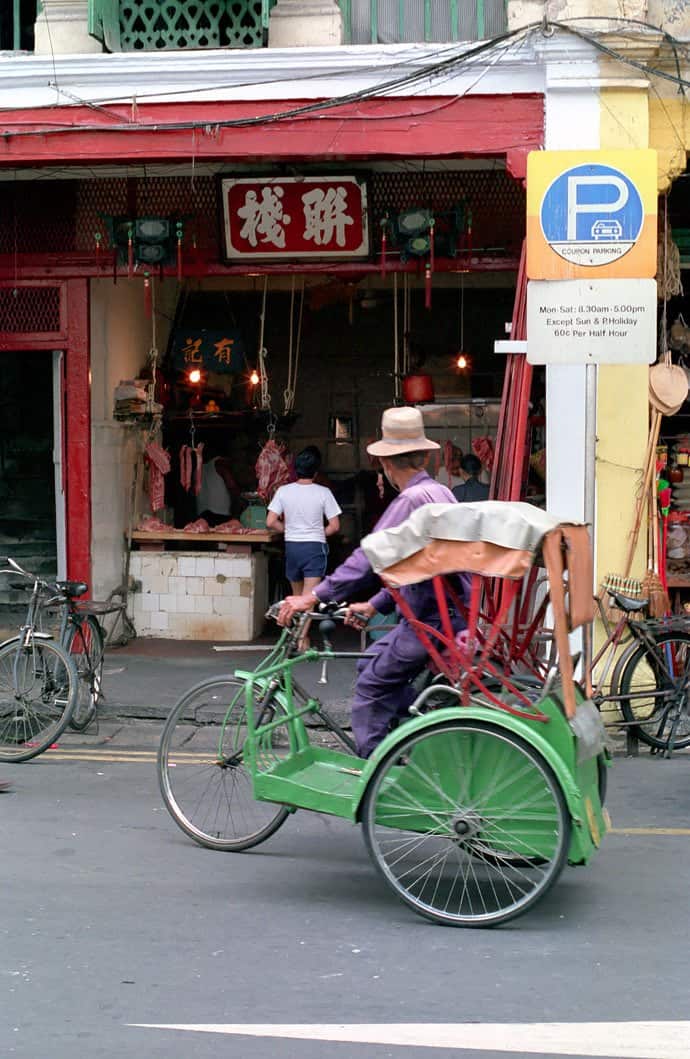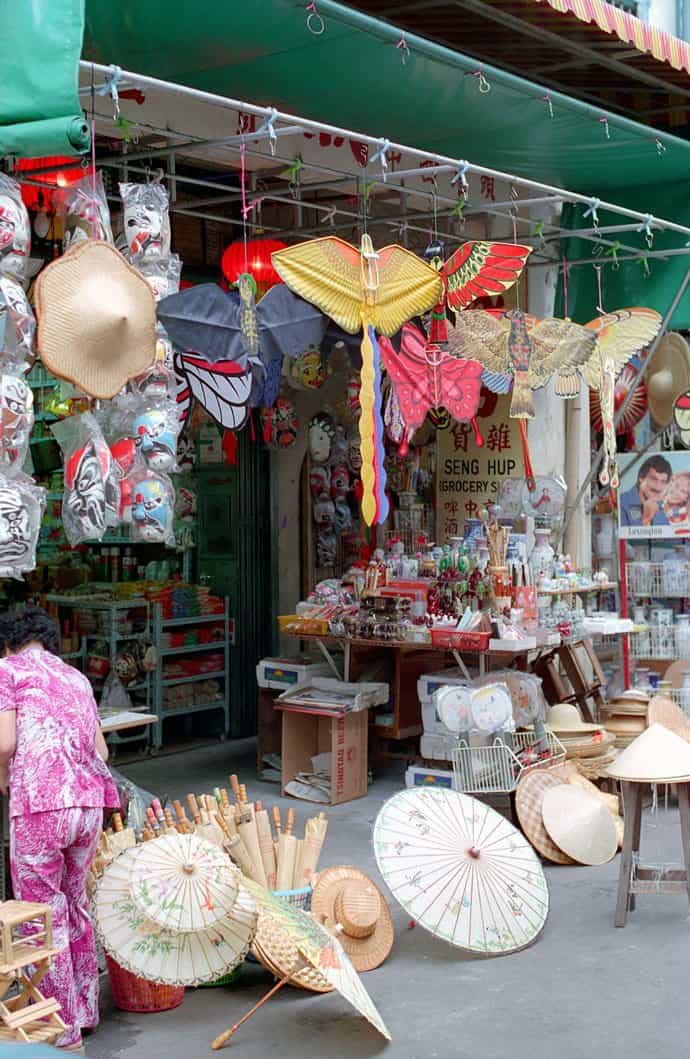Singapore – China Town
The “Lion City” on the southern tip of the Malay Peninsula, just one degree north of the equator, has always been a melting pot of peoples. Even today, there are traces of Chinese, Malay, Indian and British cultures in Singapore. At first glance, the ultra-modern skyline dominates, but on closer inspection, the old traditions in Chinatown, “Little India” and Arab Street, and unexpected new contrasts, for example in the Bird Park with its 3,500 species of birds, in the Chinese fairy tale parks or visiting the zoo, one of the largest in the world, inviting you for a nightly jungle-inspired tour or breakfast with an orangutan.
The Chinatown of Singapore is unique: not only is it one of the founding nuclei of the city, but many of the historic buildings have survived to this day. Chinatown in Singapore is still a place where centuries-old traditions are still cultivated, but beyond that a vibrant district of the metropolis of Singapore. This is where modernity meets tradition, and so the ideas of the future are developed here. The richness of contrast is the fascination of Chinatown and many parts of Chinatown are not even of Chinese origin.
The visitor will find here e.g. The origins of Chinatown date back to 1819, when Sir Stamford Raffles set up a trading post at this strategically located bay. Singapore was founded as a free port and so the small trading post quickly became a magnet for immigrants and luck hunters. China’s first major wave of immigration began in 1821. The Xiamen immigrants built the Thian Hock Keng Temple out of gratitude for the happy journey and hope for a bright future.
Chinatown became the home of Chinese immigrants, the place where they lived. They found work near the river. The richness of contrast is the fascination of Chinatown and many parts of Chinatown are not even of Chinese origin. The visitor will find here e.g. The origins of Chinatown date back to 1819, when Sir Stamford Raffles set up a trading post at this strategically located bay.
Singapore was founded as a free port and so the small trading post quickly became a magnet for immigrants and luck hunters. China’s first major wave of immigration began in 1821. The Xiamen immigrants built the Thian Hock Keng Temple out of gratitude for the happy journey and hope for a bright future. Chinatown became the home of Chinese immigrants, the place where they lived. They found work near the river.
The influence of the Empire is particularly noticeable in the Gregorian style of the windows. The Chinese godparentship will obviously decorate the whole house through the rich colors. Likewise everywhere in and around the shophouses one finds Chinese symbols of luck that banish evil spirits and preserve the happiness and wealth of the inhabitants. You can also see some houses, whose ceramic roofs make a crescent. This roof construction is intended to collect the drainage of rainwater and to derive it as a visible sign of wealth over the facade of the house.
The living conditions of the Chinese immigrants were anything but good. Gang crime and poor sanitation made life difficult for the workers. Many of the unqualified workers who had come here with great hopes saw their hopes dwindle. The misuse of opium fueled poverty and hopelessness. However, the bad situation in China and the glimmer of hope for a better life in Singapore did not stop the flow of immigrants in the coming years. Today Chinatown is an island in the otherwise hectic Singapore. Many things here are still the old tradition noted. One feels transported back to the last century. Goods and food are sold on the street.
In the small shops of the Shophäuser you will find everything from souvenirs to medicine from herbs, snake skins and other indefinable tinctures. It’s fun to look around here and negotiate with the sellers. You could spend days browsing through the small shops and would always discover something new. If the running is too much then, can use one of the countless rickshaws. All of Singapore is a foodie’s paradise and Chinatown is no exception.
Food plays a big role everywhere in Chinatown. Dine here Businessmen and pamper the palate with fine wines and shark fin soup, while just a few meters further a Chinese family quenches the hunger with a bowl of vegetables. Of course, Chinese food is the most common in Singapore – especially in Chinatown. Here you will find the specialties of almost every Chinese province, especially the dishes from Canton, Hakka, Hokkien and Hainan.

